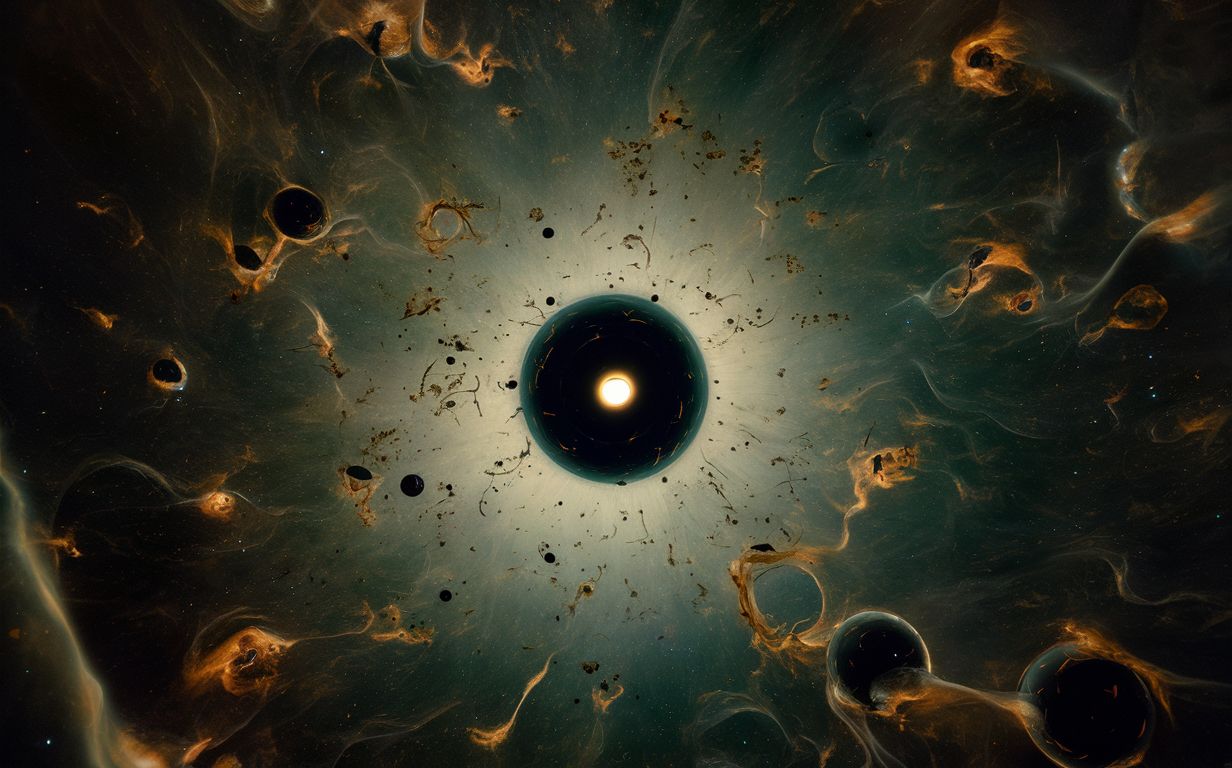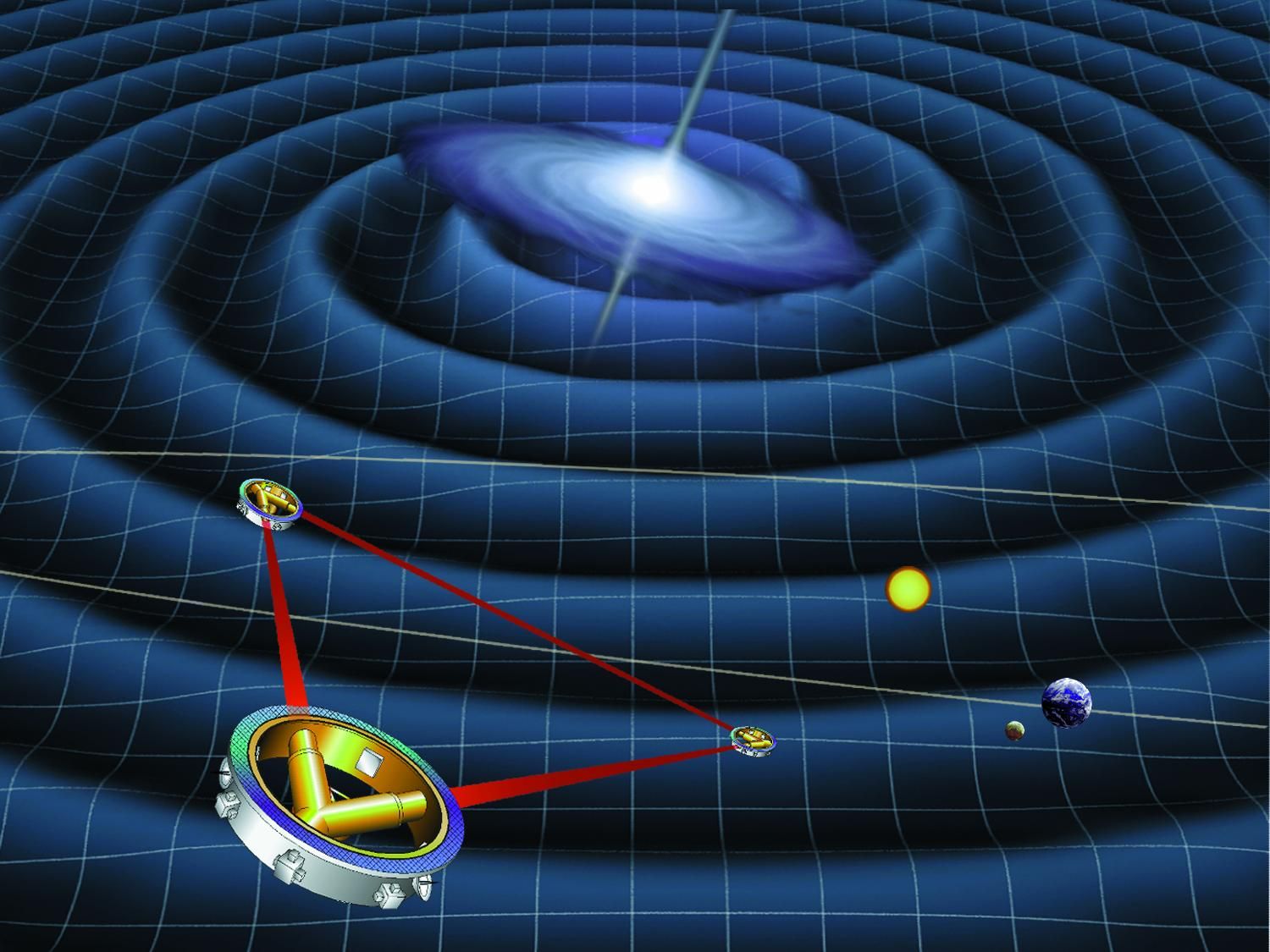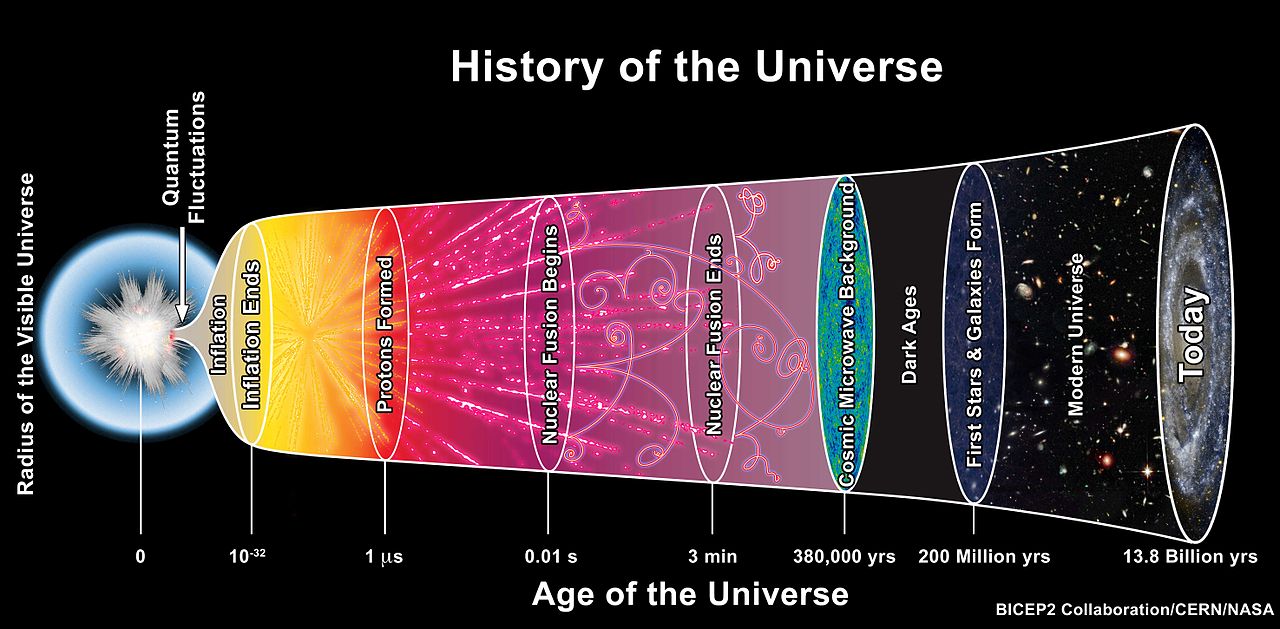Follow us on Google News (click on ☆)
Albert Einstein predicted the existence of gravitational waves in 1916 through his theory of general relativity. These ripples in spacetime are produced by accelerating masses. For a long time, their detection seemed impossible due to their extreme weakness.

The LIGO project finally made it possible to observe these waves in 2015, thanks to highly precise laser interferometers. This discovery opened a new window on the Universe. It confirmed violent phenomena such as black hole mergers.
Cosmic inflation is believed to have generated primordial gravitational waves of colossal amplitude. Unlike the waves detected by LIGO, they have very long wavelengths. Their signal is drowned in the background noise of ground-based detectors.
The future space observatory LISA will use three satellites to form a giant interferometer. Separated by several million kilometers (over 3 million miles), they will search for the tiny variations caused by these ancient waves. Its launch is planned for the 2030s.
An even more ambitious project, the Big Bang Observer, envisions dozens of satellites for increased sensitivity. It could capture the faintest primordial waves. For now, it remains a proposal without concrete funding.

The three spacecraft of the LISA mission will form a triangle in orbit, with sides of 5 million kilometers (over 3 million miles) and positioned behind Earth. They will follow orbits similar to Earth's, minimizing changes in the length of the triangle's sides.
Image NASA
The detection of these waves would reveal unprecedented details about the first moments of the Universe. It would allow testing theories about inflation and the origin of all cosmic structures.
What is cosmic inflation?
Cosmic inflation is a theory proposed in the 1980s to explain certain properties of the observable Universe. It postulates an ultra-rapid exponential expansion that occurred approximately 10-36 seconds after the Big Bang.
This phase lasted a tiny fraction of a second but expanded the Universe by a considerable factor, by a factor of 1026 or even more. It homogenized and flattened the Universe, thereby solving several cosmological problems such as the horizon and flatness problems.
The indirect evidence we currently possess includes density fluctuations observed in the cosmic microwave background, which match inflationary predictions.

Illustration of the history of the Universe.
Image: Collaboration BICEP2/CERN/NASA
How are gravitational waves detected?
Gravitational waves are detected using laser interferometers that measure tiny variations in distance. These instruments currently use perpendicular arms several kilometers (miles) long.
When a gravitational wave passes through, it alternates the length of the arms, creating an interference pattern in the laser. The required sensitivity is exceptional, capable of detecting changes smaller than the size of an atom.
Detectors like LIGO are isolated from ground vibrations and use ultra-reflective mirrors. They operate in networks to confirm signals and locate their source in the sky.
Future space missions like LISA will avoid terrestrial seismic noise and will be able to detect lower frequency waves, such as those generated just after the Big Bang.